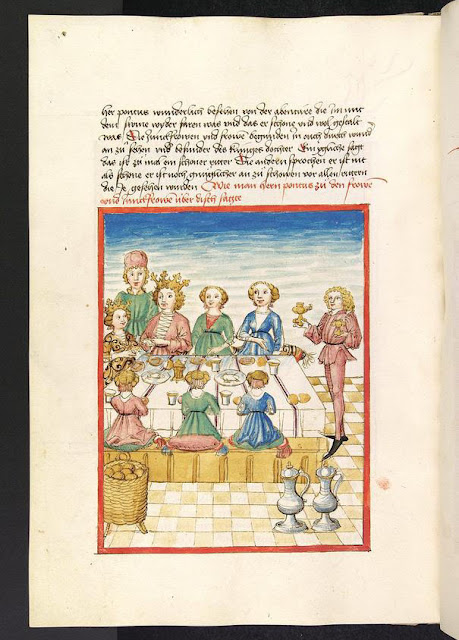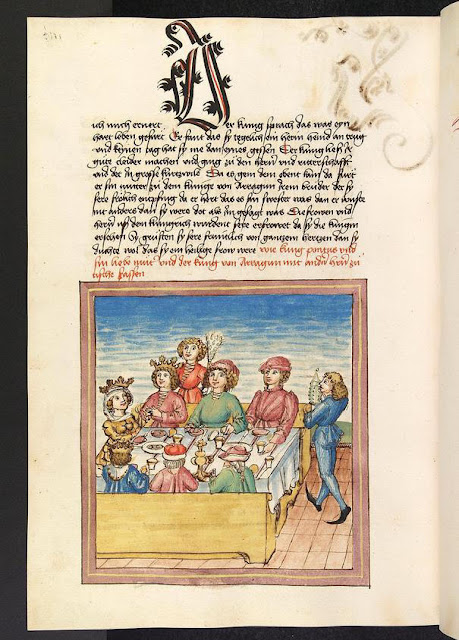Illustrations of the Nests and Eggs of Birds of Ohio was published in Circleville, Ohio, during in 1886 (no more than 100 copies were made). It is considered to be one of the most notable publications of early American ornithology. And one of my top at “rarest ranking” as no birds are present in this ornithology treatise: only nests and eggs (with counted exceptions, see illustration below). I was really impressed in my investigation about this rare Book when I discover that was created as a companion volume to Audubon’s monumental tome “Birds of America” (which was a previous post on facsimilium, link here.)
Miss Genevieve Estelle Jones initiated the project and was the principal illustrator of the books (there are 2 volumes) when work began in 1877. Miss Jones died in August of 1879 but the work on the book continued. Illustrations were completed by Mrs. N. E. Jones and Miss Eliza J. Schultz.
There are copies of this Book at Cornell Lab of Ornithology's Adelson Library (They received one of the original books as a gift). The Smithsonian Institution has another 2 copies and considering the low number of originals (as said, less than 100) I’m afraid these 3 located copies are the survivors. I strongly recommend the visit of the amazing monographic that the Smithsonian Institution libraries has dedicated to the Nelson E. Jones family’s, link here.
 |
| Look who's at home!... one of the exceptions on this illustrated rare book about ornitologhy with no birds, only nests and eggs. There're some others, and hard to see; |

















